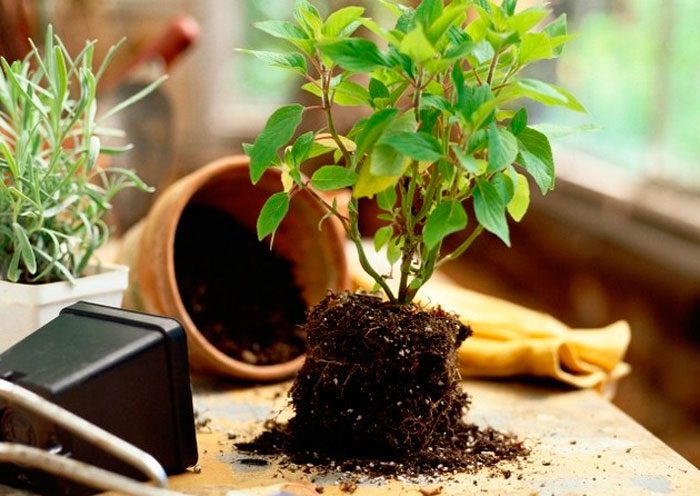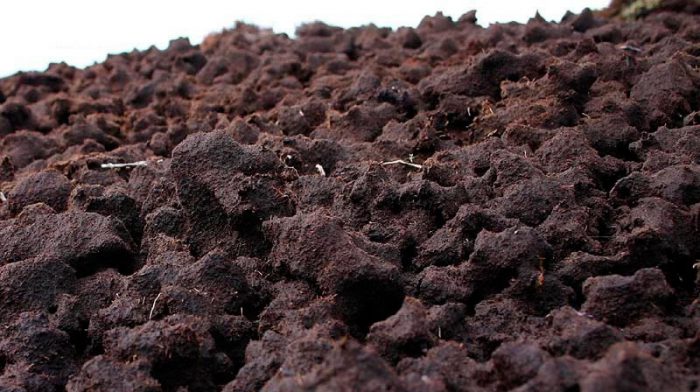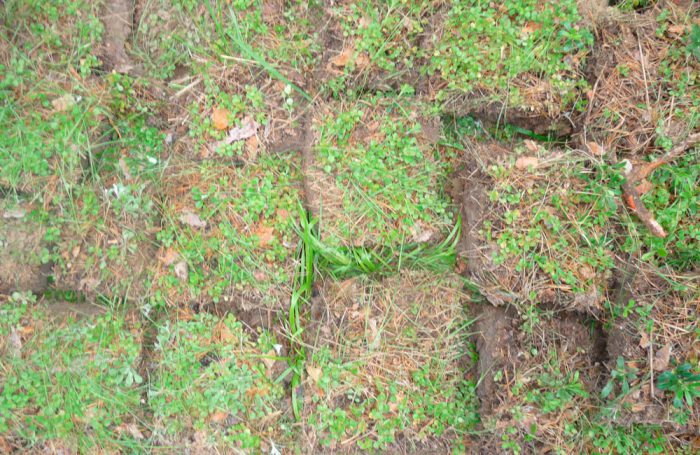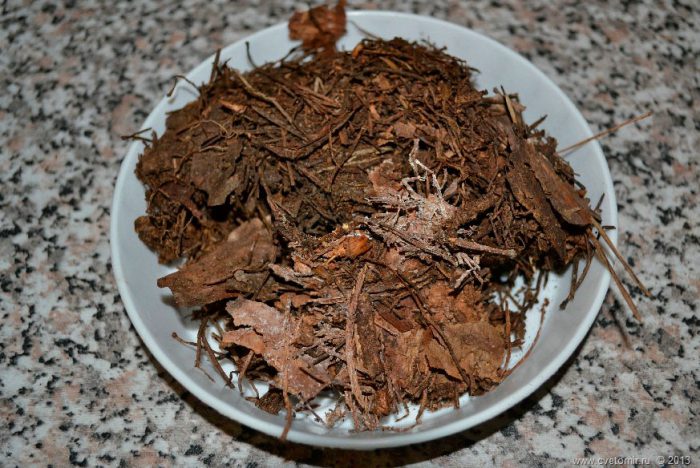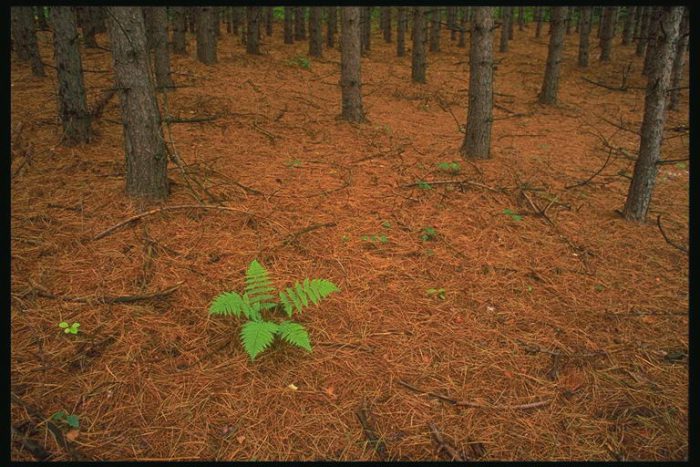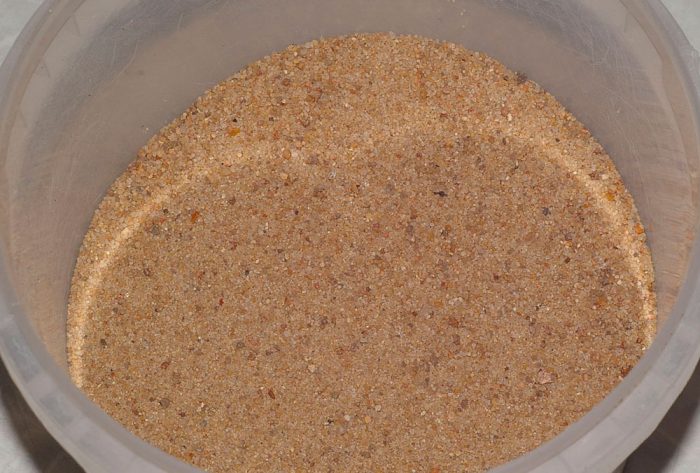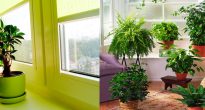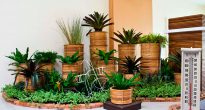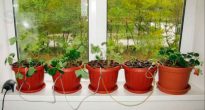In modern flower shops, earthen substrates are presented in a large assortment. It is not difficult to select ready-made soil for plants of any type. During the promotions, soil for indoor plants can be purchased at an attractive price. But in order for the plant to grow and develop well, it is better to prepare the earth for it yourself.
When choosing a soil mixture, its reaction (Ph) should be taken into account. Most indoor and garden plants prefer neutral or slightly alkaline soils. Some representatives of the plant world need an alkaline or acidic soil. For chrysanthemum, pelargonium, begonias, fern, cyclamen a slightly acidic earthen mixture is suitable. Acidic soil must be purchased to hydrangea, camellias, azaleas... Lily, cloves, cineraria, asparagus will thrive on alkaline soil.
Acidic soils include peaty, clayey-soddy and loamy soils. If you take sod land on black soil, it will be slightly alkaline or neutral.
Content
Peat
Peat is a part of almost all soil substrates for flowers. It is low-lying, riding and transitional. Low-lying peat has a slightly acidic environment, high-moor peat is acidic. High peat is obtained from the decomposition of sphagnum moss growing in high bogs. It has few minerals, it does not have good fertility. This type of peat is used for the preparation of transport soil. Plants are transported in it. Among its main advantages are good air permeability, hygroscopicity, lightness. However, it has a high moisture retention capacity. When the peat is completely dry, it will be very difficult to water it.
Low-lying peat is formed in lowland bogs, wetlands of rivers and lakes. It contains more minerals and is heavier. It cannot be used in its pure form, it is wet, leads to decay of the roots. It is used as a component of potting soil.
Thanks to peat, you can improve the quality of the soil mixture, making it light and loose. Peat soil is used for germinating seeds and rooting cuttings.
Factory-packaged ready-to-use peat can also be used for potted plants. For soil substrates, soft, free-flowing peat with a homogeneous structure is suitable.
Sod land
Any soil substrate is not complete without sod land. It is most suitable for palm trees. You can prepare it yourself.The ideal composition is the meadow sod land, on which legumes and cereals are grown. To prepare the potting mix, it is better to take the soil from the top layer. The soil is suitable, which is located at the roots and under them. Such soil is enriched with nitrogen, which helps plants to develop fully. This land can be found in an ordinary pasture, in the forest, near heaps of mole. Loam - soddy land of the middle belt. Clay in the soil helps to retain moisture and retain nutrients. This property helps to reduce the amount of feeding. As the indoor plant grows, the amount of sod land is increased.
Sod land will help prevent the soil from drying out quickly. It is especially useful to add such soil to plant pots, which are taken out to the balcony in summer.
Deciduous land
There is nothing difficult in harvesting this type of land. The best quality deciduous land can be taken from under hazel, maple, linden. Oak and willow soil is not suitable for many indoor plants, as it contains a lot of tannins. In the old forest, you can take land from any layer of the earth. In young growth, preference should be given to the top fertile soil layer. Deciduous soil with the addition of sand is suitable for rooting cuttings and growing seeds.
Humus earth
In most cases, greenhouse land is used, which was obtained after cleaning the greenhouse. It has a very valuable composition. It is a good fertilizer for plants. It is not easy to find it, so you can replace it with bio-humus soil, which is sold in flower shops. The main thing is to buy a quality product, not a fake. Biohumus is manure processed by earthworms. It contains useful live microorganisms, it contains a large amount of organic matter, therefore it is used to enrich the soil mixture.
Compost soil
Such soil can be taken from the compost pit, which is in every country house. This includes manure, debris, rotted waste.
Coniferous land
This type of land is suitable for growing azaleas, orchids, begonias, violets and gloxinias. It contains rotted needles. This land is considered poor, loose, sour. Experienced flower growers choose only clean coniferous soil from under the trees for their indoor plants. Collecting such soil, remove branches and cones from it. Finding high-quality coniferous land is difficult, since there is a lot of sand in the soil under the plants.
Charcoal
You can buy this potting potting ingredient at your local store. It is found in substrates for bromeliads and orchids. If the roots of the plant rot, add charcoal to the pot. They can also treat wounds, cuts in the roots, stems and leaves of the plant.
Sand
Sand is an important ingredient for preparing soil substrates. This component should be taken very seriously. Do not add red building sand to the soil. It is unsuitable for plants as it contains harmful iron compounds. Preference should be given to river sand. It is used without prior preparation. Sea sand is washed well before use to remove salt.
After the earthen mixture is ready, it should be steamed to remove harmful insects and weed seeds. Heat treatment will help get rid of root nematodes, earthworms, millipedes. For the procedure, you will need a large saucepan and sand. Clean raw sand is placed on the bottom of the pan, other components of the earthen mixture are placed on top. The container is put on fire and heated. Evaporating, the water will warm up the soil.
Heat treatment has its drawbacks. Due to high temperatures, beneficial soil microorganisms die, which help to assimilate organic fertilizers... In order to avoid problems, the number of microorganisms is maintained with special preparations containing soil microflora.

